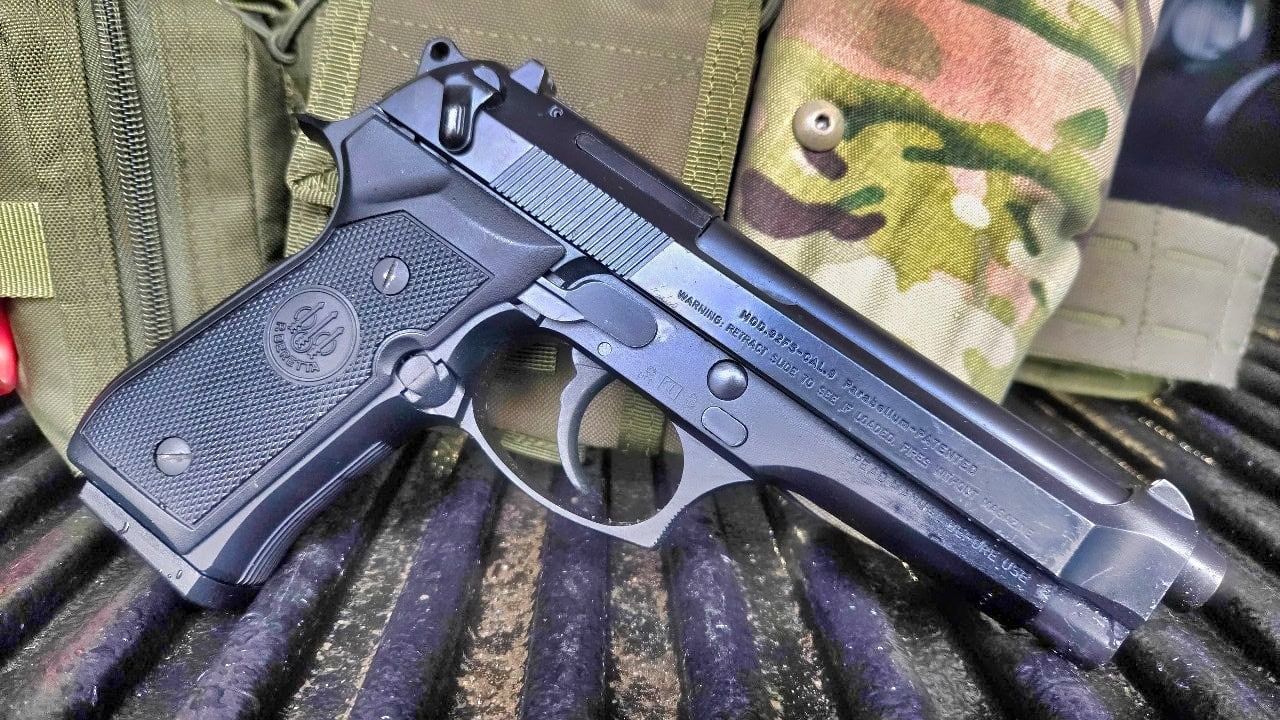Key Points and Summary: The Beretta 92FS, a civilian counterpart to the Beretta M9 military pistol, has remained a staple in the firearms industry for over 30 years.
-First adopted by the U.S. military in 1985, the M9/92FS series gained a reputation for reliability, accuracy, and durability, serving in conflicts from the Gulf War to the Global War on Terror.
-With its iconic design, smooth double-action/single-action trigger, and nearly fail-proof open-slide system, the 92FS continues to thrive in military surplus markets, law enforcement, and civilian collections.
-Even after being replaced by the M17/M18, the 92FS remains a legendary handgun with lasting appeal.
The Beretta 92FS: An Iconic Pistol That Stood the Test of Time
First introduced in the mid-1980s, the Beretta M9 and its civilian counterpart, the 92FS, is one of the world’s most well-known and widely used semi-automatic pistols. It has served as the standard-issue sidearm for several NATO countries and countless law enforcement agencies.
From the heavy steel frame and nearly fail-proof open slide design to the reliable single-action/double-action firing system, the Beretta 92 series has stood the test of time, and civilian sales continue to thrive. The gun just runs and runs well, symbolizing dependability, performance, and durability.
After over three decades, the 92FS (and the 92-series) remains an icon. Military collectors buy them up in droves. Competitive shooters instinctively flock to them much like the salmon of Capistrano (Lloyd Christmas, anyone?), and gun stores continue to sell the pistols about as fast as they can get them. Bad movie puns and cliches aside, the Beretta 92FS has become a staple in the firearms industry, complete with a storied legacy and critical acclaim, much like the M1 Garand and the 1911.
In order to fully understand the legacy of the 92-series, and more specifically, the 92FS, it’s probably best to first look at its military-issue predecessor, the Beretta M9.
The Beretta M9 Legacy: Three Decades of Faithful Service
In the early 1980s, the United States military sought to replace the aging M1911 as the primary issued sidearm and began the process of selecting a new handgun through the Joint Service Small Arms Program. After a series of rigorous combat trials, the Beretta 92F was officially adopted by the United States military and designated as the Beretta M9 in 1985.
The M9 was chambered in 9mm Luger (stamped as 9mm Parabellum (9x19mm)), a cartridge that, while perfectly capable of stopping a threat by most standards, stirred some controversy among servicemen who vocalized questions and concerns about its stopping power compared to the outgoing M1911’s harder-hitting .45 ACP cartridge. These concerns were echoed by members of all branches of the military; however, those initial gripes were quickly overshadowed by the 9mm cartridge’s mild recoil and the M9s improved carry capacity over the M1911, and the switch to 9mm as the standard-issue cartridge persisted.
For over three decades, the M9 served as the standard-issue sidearm for the Army, Navy, Marines, and Air Force, serving in every combat zone from the Gulf War through the Global War on Terror (GWOT). Surplus M9s and their civilian 92F counterparts also served hundreds of law enforcement agencies nationally and globally. While the M9 is not without its faults and criticisms (especially among the servicemen who preferred the M1911), I think its military and law enforcement service record speaks for itself.
As technology improved and battlefield demands shifted, the Beretta M9 slowly became obsolete by military standards. In the late 2010s, the Modular Handgun System (MHS) competition sought to replace the aging M9 by promoting a reconfigurable, modular handgun system that could more easily serve multiple user profiles without heavy modifications. By 2017, the Sig Sauer M17 (and later, the M18) had been adopted as the preferred military sidearm, thus dethroning the M9 as the standard issue handgun for American Armed Forces.
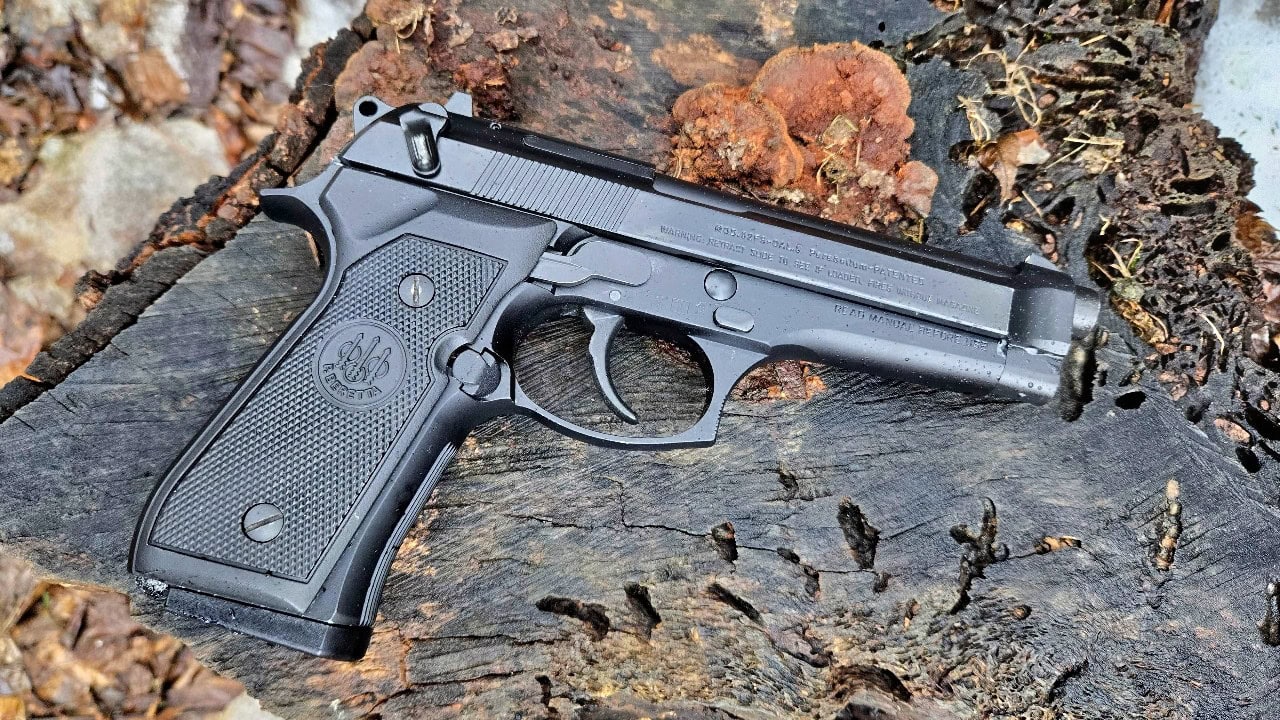
Beretta 92FS. Image Created by Author.
Despite the shift from the M9 to the M17/M18, gun enthusiasts agree there’s a reason the M9 had such a long and (mostly) positive service history. It offered faithful service in the sandy and dusty environs of the GWOT, just as well as it served stateside, and it often continued to function without issue, even when caked with mud and other gook and grime. Simply put, it was (and is) accurate, easy to handle, and, above all else, reliable.
Beretta 92FS: A Continued Legacy
Although the M9 was adopted as the official sidearm of the United States military, Beretta never stopped reiterating and improving the design of the 92 series. In 1990, Beretta introduced the 92FS variant. This model was nearly identical to the 92F; however, it featured an extended hammer axis pin. This extended hammer axis pin was designed to prevent the slide from flying backward off the frame, a concerning defect reported during earlier military testing.
Thanks to its inherent reliability and improved safety over earlier variants, the 92FS was a near-instant hit among military, law enforcement, and civilian gun owners worldwide, quickly becoming a critically acclaimed icon on the international stage. Because of its reputation and ability to continue selling like hotcakes after more than 30 years, the Beretta M9/92FS is often imitated and cloned en masse by other renowned manufacturers, such as Taurus, Tisas, and Girsan.
Needless to say, in many circles, the Beretta 92FS needs no introduction. It’s an industry staple, and I’d venture to say a good many of us have at least one in our safe. For some, the 92FS is a symbol of a bigger personal connection to that of service and duty. Meanwhile, for others like myself, it’s a huge piece of American military history and a fantastic example of firearms ingenuity.
No matter if you are retired or current military or LEO, or just your average gun enthusiast, it’s difficult not to love the Beretta 92FS.
Beretta M9 Photo Essay
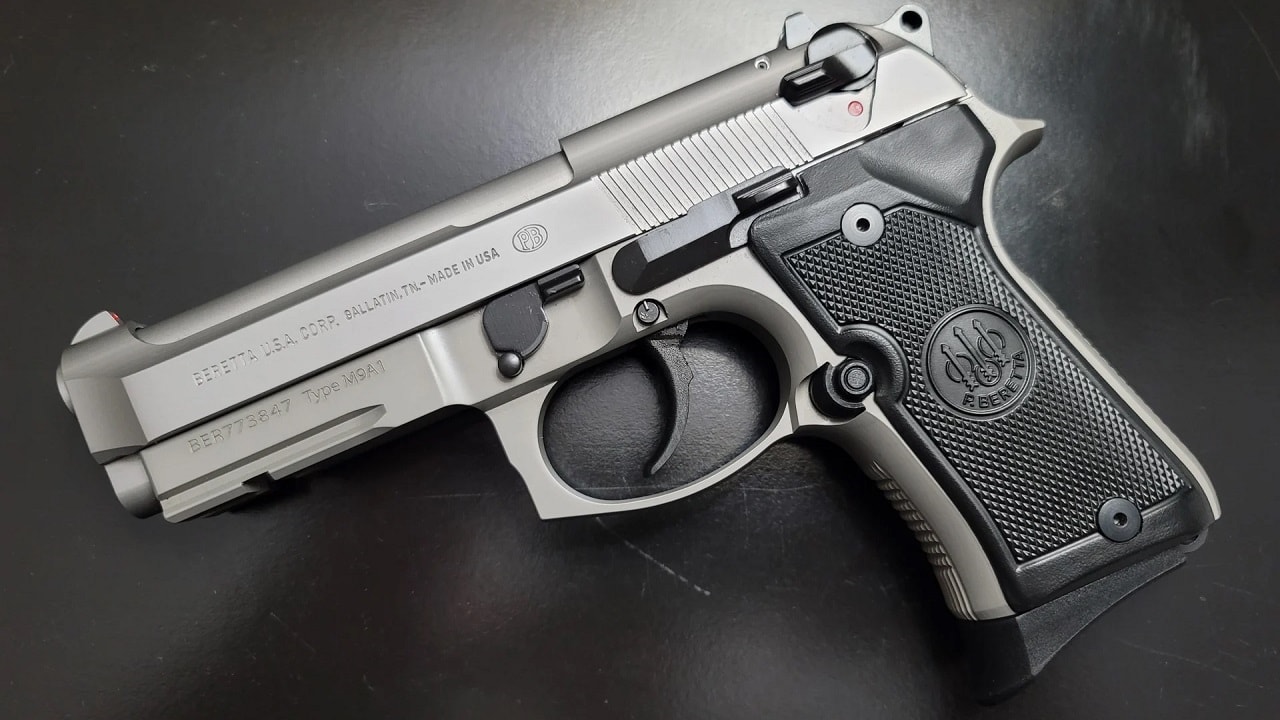
Beretta M9A1.
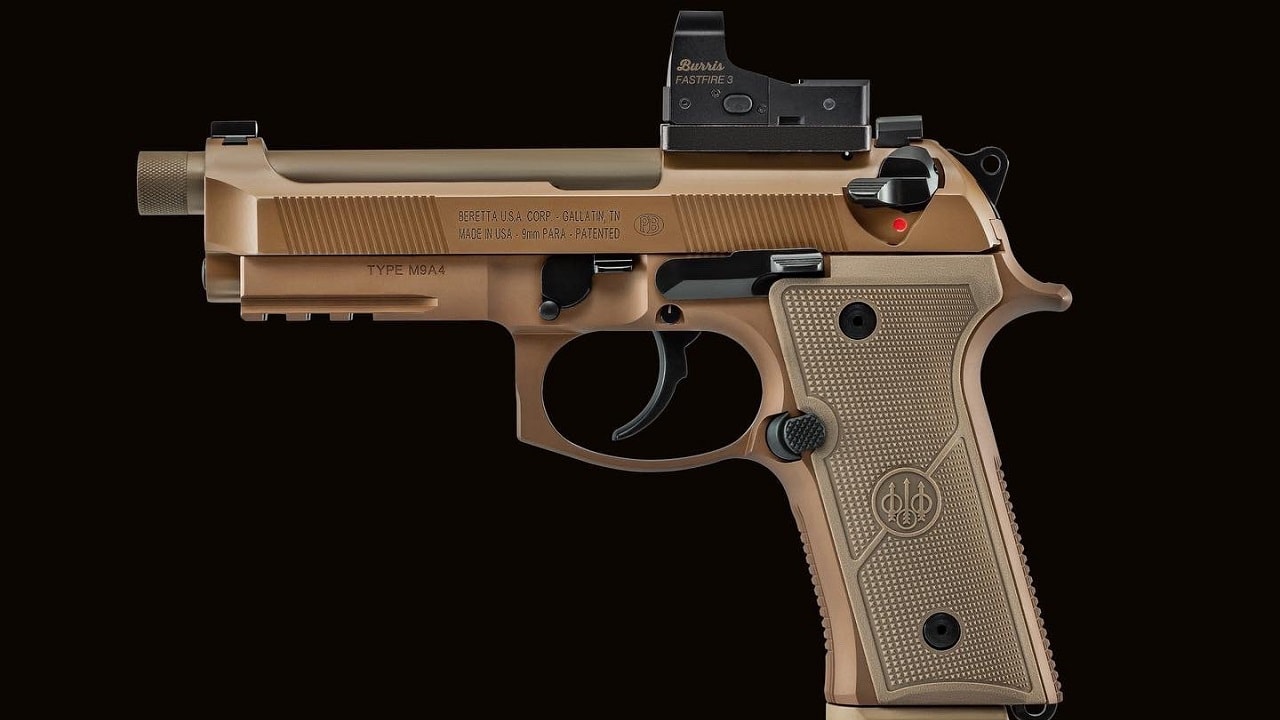
Beretta M9. Image Credit: Creative Commons.

Beretta M9A1. Image Credit: Creative Commons.
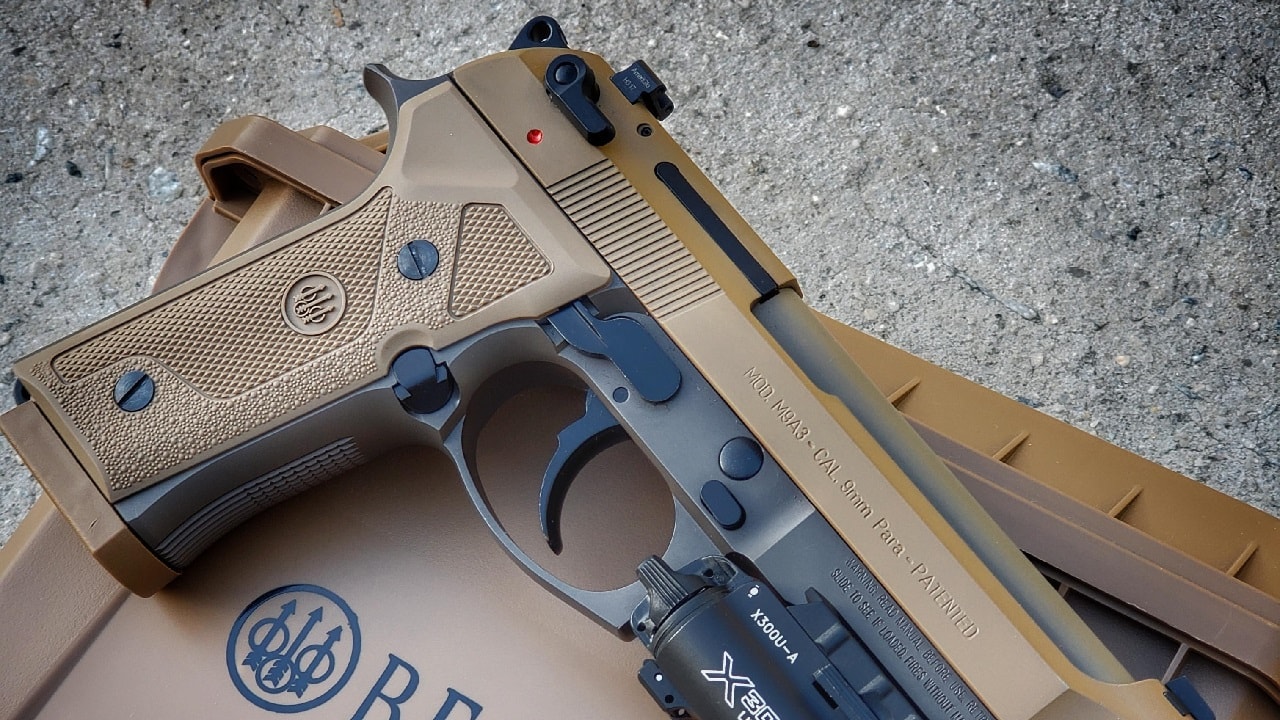
M9 Beretta. Image Credit: Creative Commons.
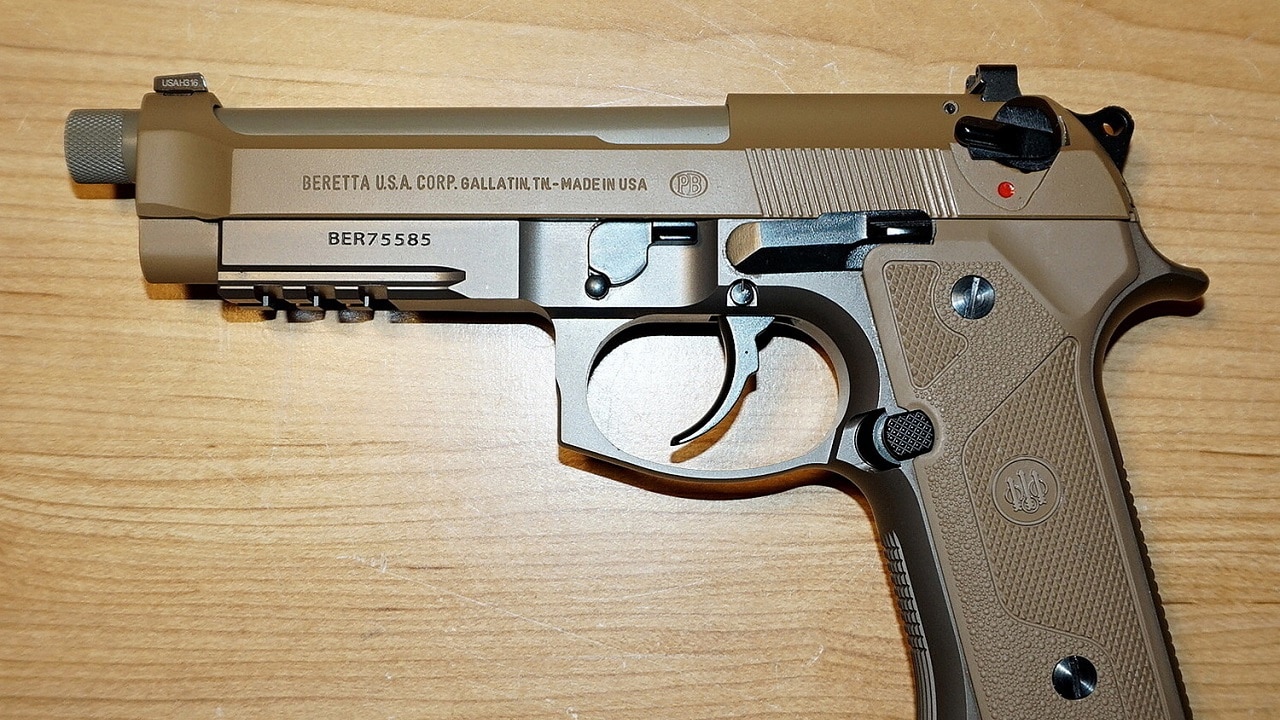
Beretta M9A3. Image Credit: Creative Commons.

Beretta M9A1. Image Credit: Creative Commons.

Beretta M9. Image Credit: Creative Commons.

Beretta M9. Image Credit: Creative Commons.
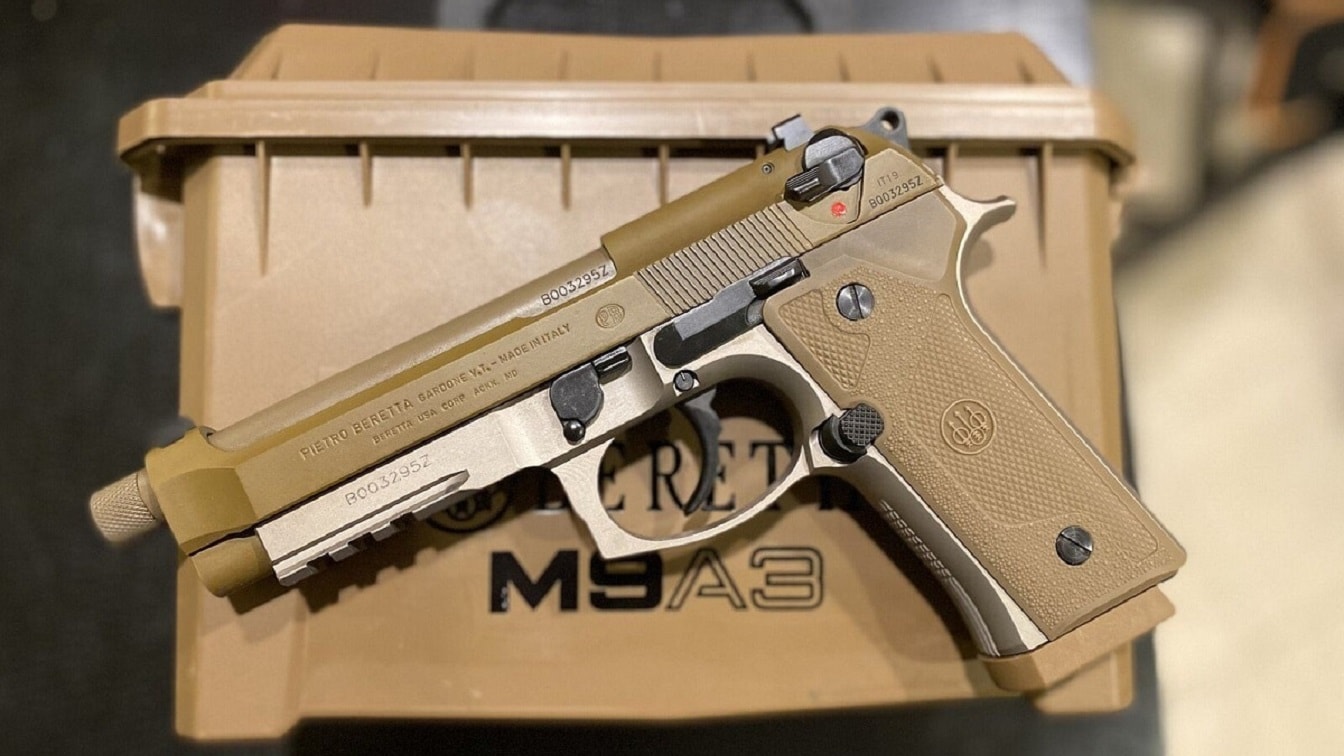
Image of the previous model, the Beretta M9A3.
About the Author: Corey Ritter
With nearly 20 years of firearms education and professional firearms experience, Corey Ritter is a passionate 2A supporter and educationalist, avid sport shooter, firearms collector, and creative writer. When he’s not glued to his computer or scouring through the latest edition of the AP style book, he spends most of his time coaching his son’s sports teams, exploring our wonderful country, and traveling to European WWII battlefields with his family and dear Dutch and English friends across the pond. Corey is based out of Kansas City, Missouri, and holds a Bachelor of Arts in English and Creative Writing from Drury University. Feel free to flood his inbox with expletives and other indecencies; if he even notices, he’ll likely respond in kind.

